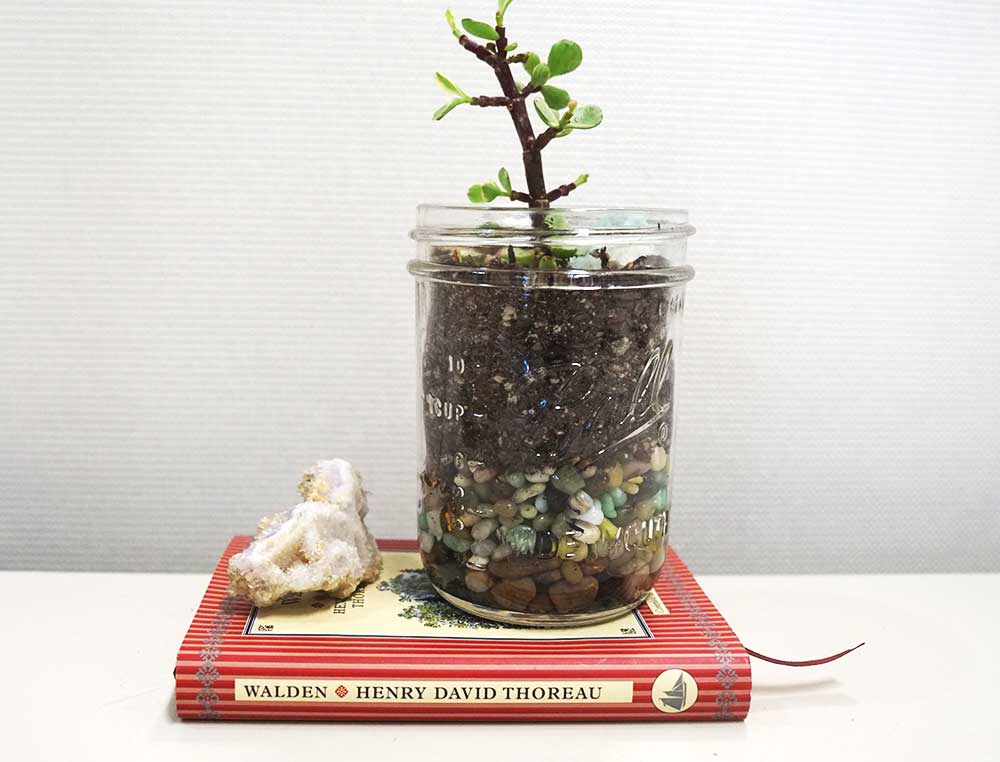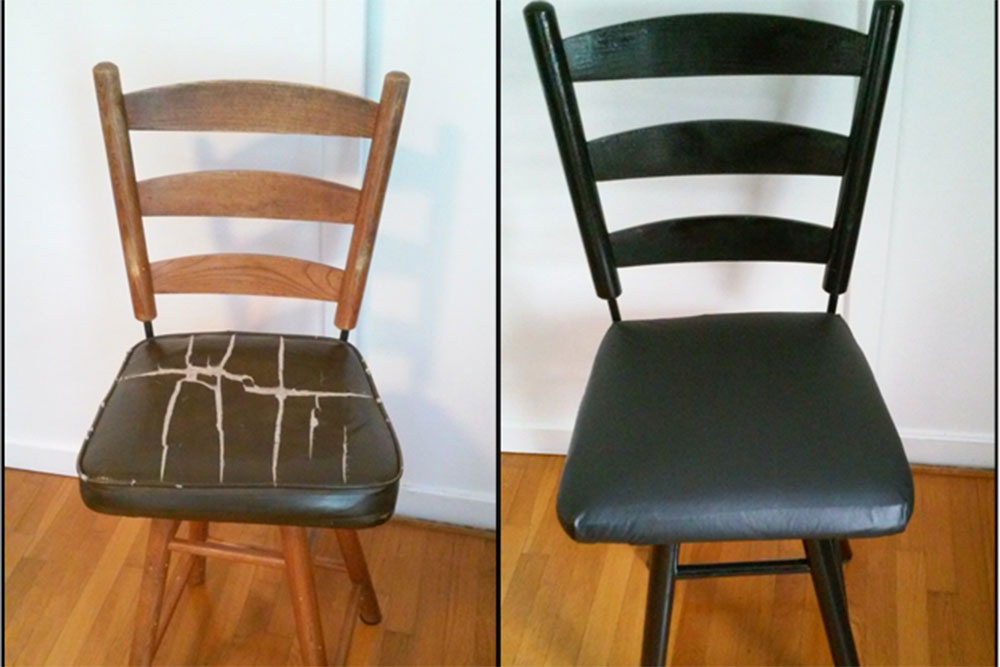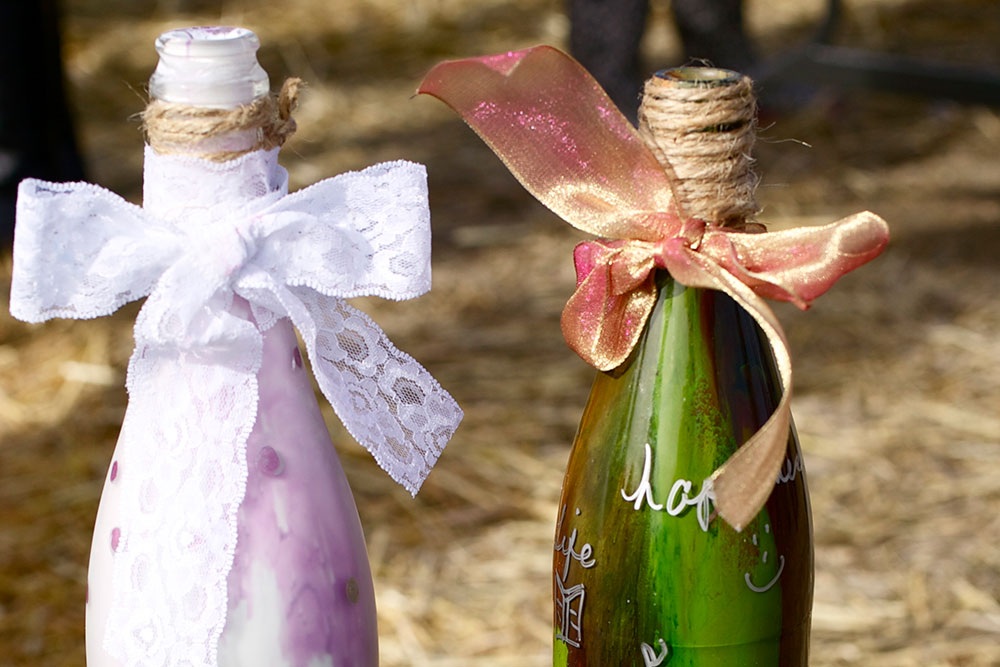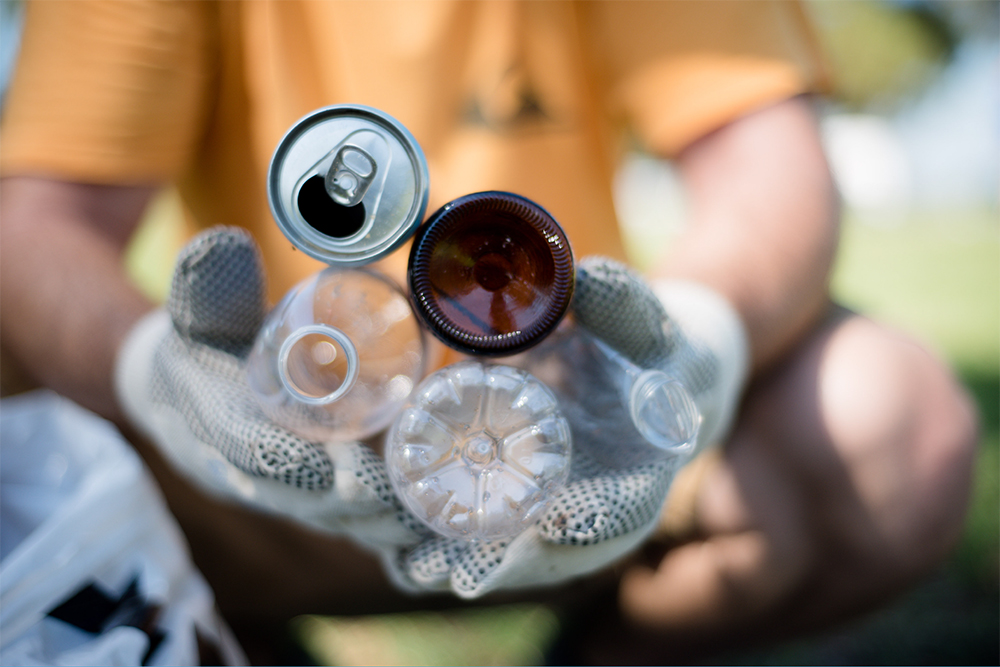What is Zero Waste?
Zero Waste is the process of eliminating reusable or repairable materials from ending up in the landfill. Zero waste encourages manufacturers, municipalities, and consumers to evaluate current consumption patterns and minimize single-use items. In order to divert materials from the landfill we must share the responsibility of producing and consuming sustainable products while limiting our use of disposable items.
Let’s start by exploring the zero waste hierarchy layers below:

Buy less and use less! An important part of waste reduction is using natural resources wisely and avoid the use of single-use products that end up in the landfill. Also reuse items whenever possible! Investing in reusable and durable products will decrease the need for new ones. Keep resources from entering the waste stream and allow products to be used to their fullest extent.
Focus on mending broken or malfunctioning items that we would normally want to recycle or toss. Find practical solutions to repair items to prolong product use. Not only is repairing broken items good for the environment, in many instances it can save you some serious cash!


Transform the value of items by turning them into other useful items. Tap into your creative side! Transform your home or a room with decorative creations by revamping old items without wasting a dime! Remember to donate unwanted items that are still in good, workable condition to local organizations that redistribute goods to the public.
Recycling is the last step in the zero waste hierarchy because all the steps above should be considered before recycling is an option. Recycling saves natural resources, reduces the amount of waste in landfills, saves energy, prevents pollution and creates jobs.

Understandably, there are some challenges that present themselves during the transition to a zero waste lifestyle. Recognizing that there are changes needed to improve environmental conditions is the first step to conquering these challenges.
Luckily, WasteFreeSD is here to provide you with the resources for starting (or continuing) your journey to a path of litter-free living.
Live beyond only recycling and truly rethink your waste
to help ensure that there are natural resources for many years to come. An open discussion about waste mobilizes our local community to explore solutions to combat our ever-growing problem of unnecessary waste.
There are 2 simple steps to embarking in a lifestyle that is litter-free.